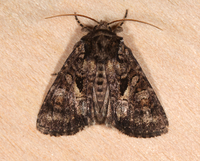
| Recorded by: Jim Petranka, Mark Basinger and Becky Elkin on 2025-05-18
Buncombe Co.
Comment: | 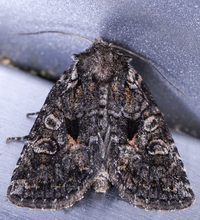
| Recorded by: John Petranka on 2024-06-19
Watauga Co.
Comment: |
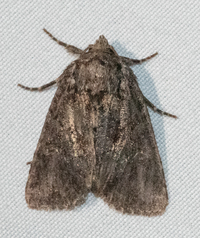
| Recorded by: Emily Stanley on 2024-06-03
Buncombe Co.
Comment: | 
| Recorded by: Jim Petranka and Becky Elkin on 2024-06-03
Madison Co.
Comment: |
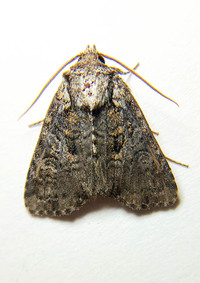
| Recorded by: Mark Basinger on 2024-05-20
Wilson Co.
Comment: | 
| Recorded by: Richard Teper on 2024-05-17
Orange Co.
Comment: |

| Recorded by: Jim Petranka, Mark Basinger and Becky Elkin on 2024-05-16
Buncombe Co.
Comment: | 
| Recorded by: Jim Petranka, Mark Basinger and Becky Elkin on 2024-05-16
Buncombe Co.
Comment: |

| Recorded by: Jim Petranka and Becky Elkin on 2023-06-25
Buncombe Co.
Comment: | 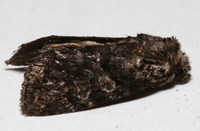
| Recorded by: David George, Ed Corey on 2023-06-17
Avery Co.
Comment: |

| Recorded by: B. Bockhahn on 2023-06-17
Avery Co.
Comment: | 
| Recorded by: David George on 2023-06-16
Avery Co.
Comment: |
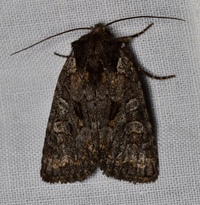
| Recorded by: David George, Stephen Dunn, Jeff Niznik on 2023-06-03
Orange Co.
Comment: | 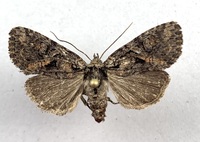
| Recorded by: Richard Teper on 2022-06-24
Avery Co.
Comment: |
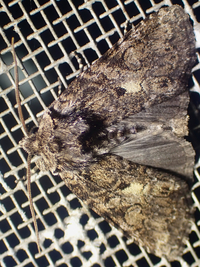
| Recorded by: tom ward on 2022-05-17
Buncombe Co.
Comment: | 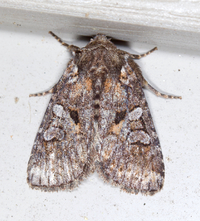
| Recorded by: Jim Petranka on 2021-06-05
Madison Co.
Comment: |

| Recorded by: Ken Kneidel on 2021-05-29
Yancey Co.
Comment: | 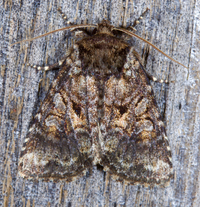
| Recorded by: Jim Petranka and Becky Elkin on 2020-06-09
Madison Co.
Comment: |

| Recorded by: Jim Petranka and Becky Elkin on 2020-06-02
Madison Co.
Comment: | 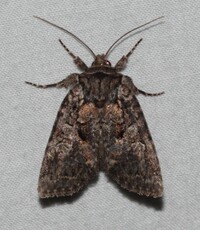
| Recorded by: Julie Tuttle on 2017-05-20
Chatham Co.
Comment: |

| Recorded by: Paul Scharf,B. Bockhahn, K. Kittelberger on 2015-06-19
Avery Co.
Comment: | 
| Recorded by: B. Bockhahn, K. Kittelberger, P. Scharf on 2015-06-18
Avery Co.
Comment: |

| Recorded by: B. Bockhahn, K. Kittelberger, P. Scharf on 2015-06-18
Avery Co.
Comment: | 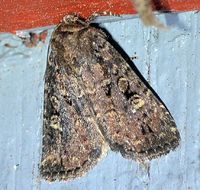
| Recorded by: Paul Scharf, B Bockhahn, K Kittelberger on 2014-06-07
Avery Co.
Comment: 4100\' |

| Recorded by: K. Bischof on 2013-07-06
Transylvania Co.
Comment: | 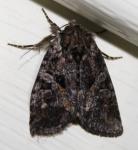
| Recorded by: Doug Blatny/Jackie Nelson on 2012-05-26
Ashe Co.
Comment: |
|

 »
»



 »
»

